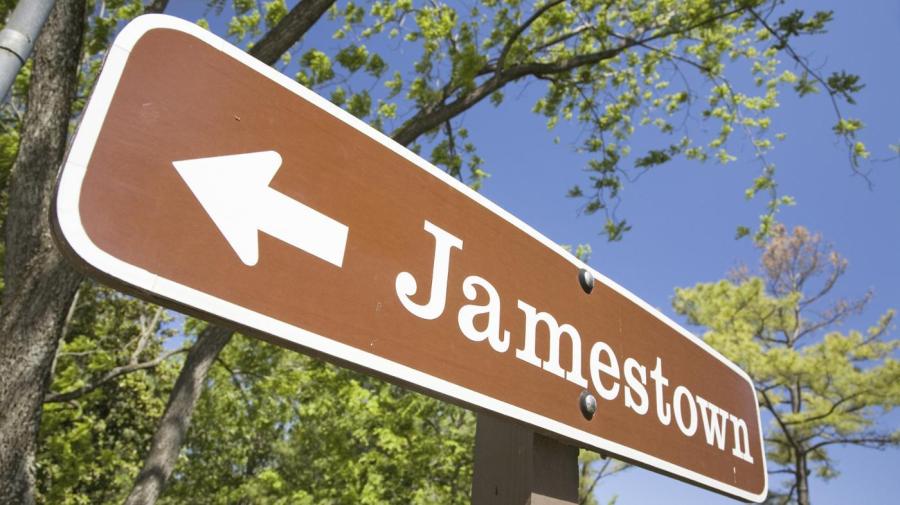What Is the Significance of Bacon’s Rebellion?

Bacon’s Rebellion was a conflict, which occurred in Jamestown, VA, some people believe to be the first act of colonial defiance leading up to the American Revolution. In 1676, Governor Sir William Berkeley was challenged by Nathaniel Bacon for political control of Jamestown. The conflict officially began when Bacon raided and attacked the local Indians.
In 1676, Jamestown was occupied by colonists and under the control of Sir William Berkeley. Berkeley was respected by King Charles II, and was considered an effective leader. Berkeley’s younger cousin, Nathaniel Bacon, also resided in the town. Berkeley had even granted Bacon a seat in the local council.
Bacon and many of the other colonists were frustrated with economic issues that centered primarily on mercantilism. They took out this frustration on the local Indians, raiding them and taking their goods. When Berkeley demanded that Bacon and his force cease their actions, they attacked a different tribe of Indians. This caused tension between all three parties. Berkeley attempted to repair the relationship between the town and the local Indians, but was forced to disarm them by taking their munitions.
As Bacon’s following grew, he began to seek more power. Bacon eventually took over Jamestown, and he forced Berkeley out of office. Bacon issued the “Declaration of the People” on July 30th, 1676. This declaration claimed that Berkeley was a corrupt politician and sought out Native American support for his own gain. Bacon died of body lice in late October of that same year, and Berkeley then regained power. While it is true that Bacon’s Rebellion was a conflict between colonists and an English official, it was more of a personal conflict between two men than an act of colonial defiance against England.





